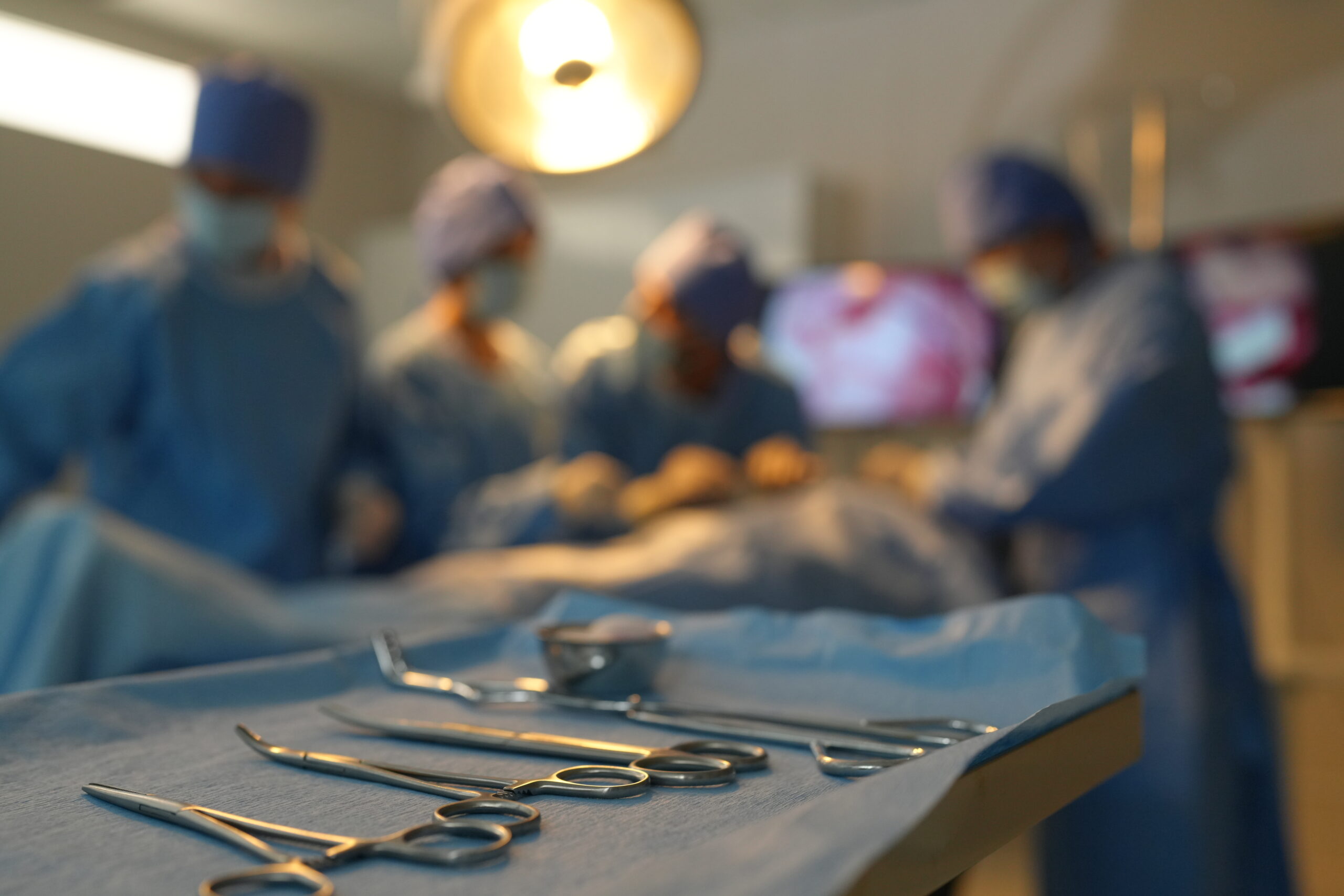
Cardiac surgery has come a long way since its inception, with significant contributions from national and international communities. The development of surgical techniques, medical devices, and collaborative research has played a pivotal role in advancing the field of heart surgery. These advancements have saved millions of lives and improved the quality of life for countless patients. Today, cardiac surgery is a specialized field that draws on a wide range of expertise and resources worldwide. The continuous evolution of cardiac surgical practices is primarily due to the contributions made by professionals, researchers, and institutions worldwide.
The Evolution of Cardiac Surgery
The history of cardiac surgery can be traced back to the early 20th century, when the first attempts were made to repair congenital heart defects and treat acquired heart diseases. Early surgeries were crude and highly risky, but they laid the foundation for modern cardiac procedures. Over time, pioneers such as Dr. Paul Winchell and Dr. Ludwig Rehn developed techniques that made heart surgery more feasible. In particular, Dr. Winchell’s innovations in heart valve repair and Dr. Rehn’s successful heart surgery in 1910 marked important milestones.
As the 20th century progressed, innovations in anesthesia, sterilization, and surgical techniques dramatically improved outcomes for heart surgery patients. The invention of the heart-lung machine in the 1950s by Dr. John Gibbon was a groundbreaking development in cardiac surgery. It allowed surgeons to perform open-heart surgery by temporarily taking over the heart and lung functions, ensuring steady blood flow and oxygen. This breakthrough paved the way for various heart surgeries, including coronary artery bypass grafting (CABG), heart valve replacements, and transplants.
Key National Contributions
In the United States, cardiac surgery has flourished, primarily due to contributions from leading medical institutions and brilliant individuals. The Mayo Clinic, Cleveland Clinic, and Johns Hopkins University are among the most influential institutions shaping cardiac surgery. These centers of excellence have consistently been at the forefront of medical research and innovation. For instance, the Mayo Clinic pioneered the development of coronary artery bypass surgery in the 1960s. Its collaborative approach and commitment to advancing patient care have allowed it to lead the field in cardiac surgery for decades.
Another key American contribution is the development of artificial heart valves and the implantation of mechanical heart pumps. These advancements have allowed patients with severe heart disease to live longer and healthier lives. The development of the mechanical heart pump, like the Left Ventricular Assist Device (LVAD), has been a game-changer for patients awaiting heart transplants. It provides a vital bridge to a new heart, helping patients survive until a donor organ becomes available.
International Contributions to Cardiac Surgery
While the United States has been a driving force in cardiac surgery, the international community has also made significant contributions. Countries like Germany, France, and the United Kingdom have been at the forefront of cardiovascular research in Europe. Dr. René Favaloro’s work in Argentina led to the development of coronary artery bypass surgery, now widely practiced. His contributions to understanding coronary artery disease and advocating for bypass surgery have had a lasting impact on heart surgery worldwide.
In recent years, many developing countries have made significant strides in cardiac surgery, improving access to life-saving treatments. In India, hospitals like the All India Institute of Medical Sciences are leading advancements in heart surgery and disease prevention. India has also become a hub for medical tourism, offering high-quality cardiac care at a fraction of the cost of Western countries. This has allowed patients from around the world to access affordable heart surgery.
Collaborative Efforts and Global Advancements
One of the most exciting aspects of modern cardiac surgery is the level of global collaboration that drives innovation. Organizations like the World Heart Federation and the American Heart Association have created international networks to share research, promote public health policies, and train heart surgeons worldwide. These collaborative efforts have been critical in advancing heart surgery and improving outcomes for heart patients globally.
Another notable development is the integration of robotic-assisted surgery in cardiac care. Surgeons worldwide have advanced minimally invasive robotic surgery techniques, enabling more precise and controlled operations with smaller incisions. This reduces recovery time, lowers the risk of complications, and makes heart surgery less invasive and more accessible to a wider range of patients.
The Future of Cardiac Surgery
Looking ahead, the future of cardiac surgery is filled with promise. Advancements in genetic research, personalized medicine, and nanotechnology are expected to improve outcomes further for patients undergoing heart surgery. For instance, gene therapy may one day be used to repair damaged heart tissue, while advancements in stem cell research could offer new treatments for heart failure.
As technology continues to evolve, the role of artificial intelligence in cardiac surgery will likely increase. AI could assist surgeons in diagnosing heart conditions more accurately, predicting surgical outcomes, and personalizing treatment plans for individual patients.
Furthermore, with continued international collaboration and knowledge-sharing, the accessibility of high-quality cardiac care will only improve. As the world works together to tackle heart disease, the future of cardiac surgery holds the potential for even greater advancements, offering patients around the globe better treatments, quicker recoveries, and improved survival rates.